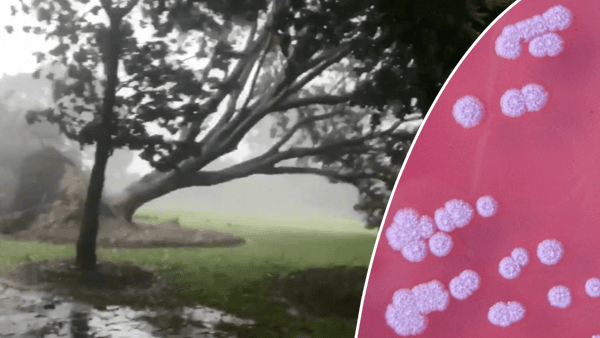A deadly disease rising from the ground now threatens residents after Tropical Cyclone Marcus hit Australia’s Northern Territory over the weekend, authorities say.
“The bacteria live below the soil’s surface during the dry season but after heavy rainfall are found in surface water and mud and may become airborne,” reads a Northern Territory advisory from the Center for Disease Control (CDC).
The pathogen causes a disease called melioidosis and, according to the CDC, it “usually enters the body via cuts and sores in the skin or via inhalation of dust or droplets and very rarely by ingestion of contaminated water.”
Three people have already died this year in the Northern Territory wet season, Australia’s 9News reported, as a result of melioidosis.The pathogen can harm humans when they don’t protect themselves when coming into contact it.





